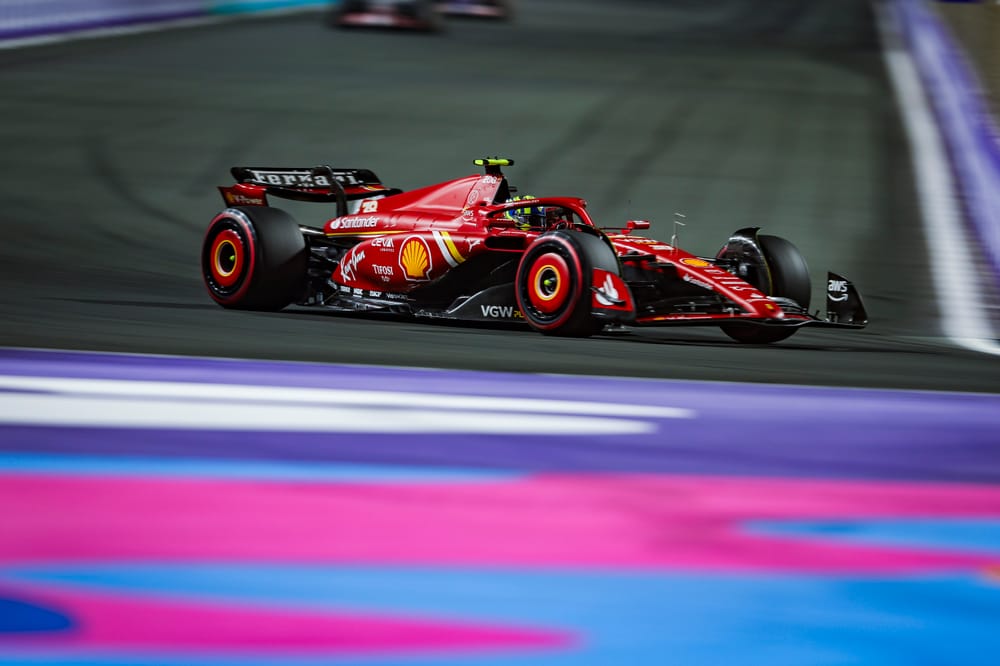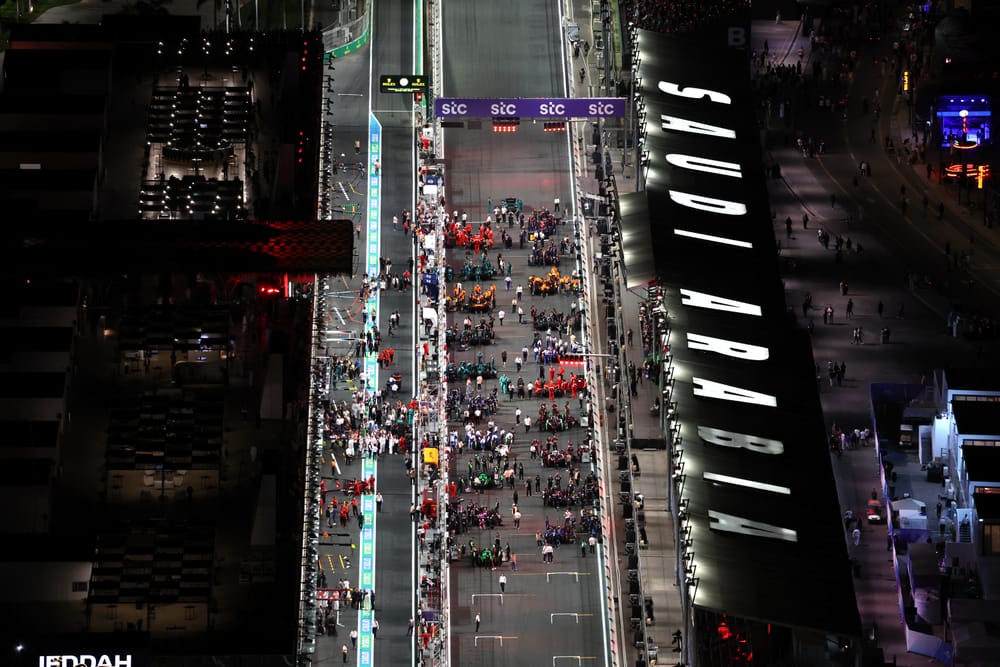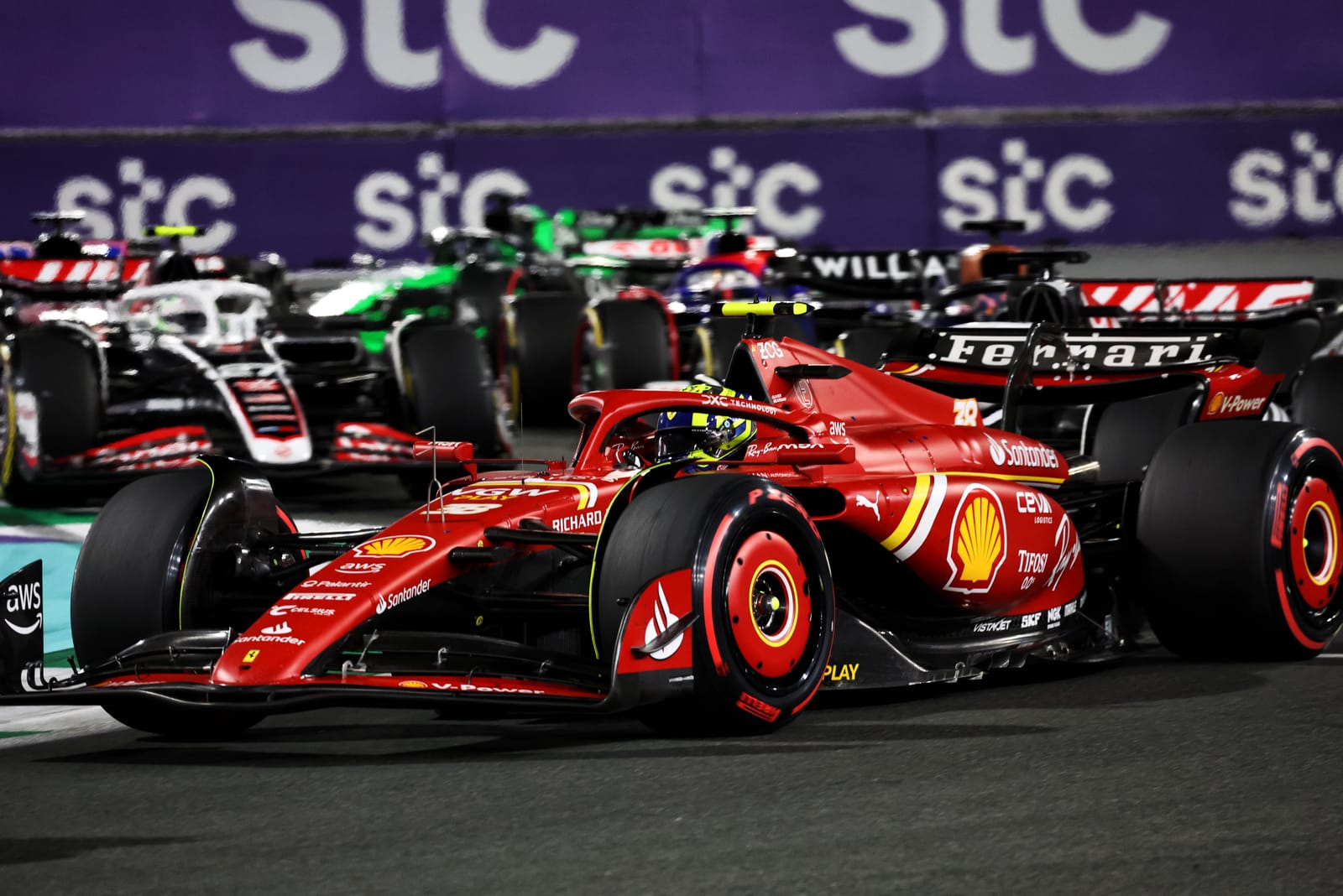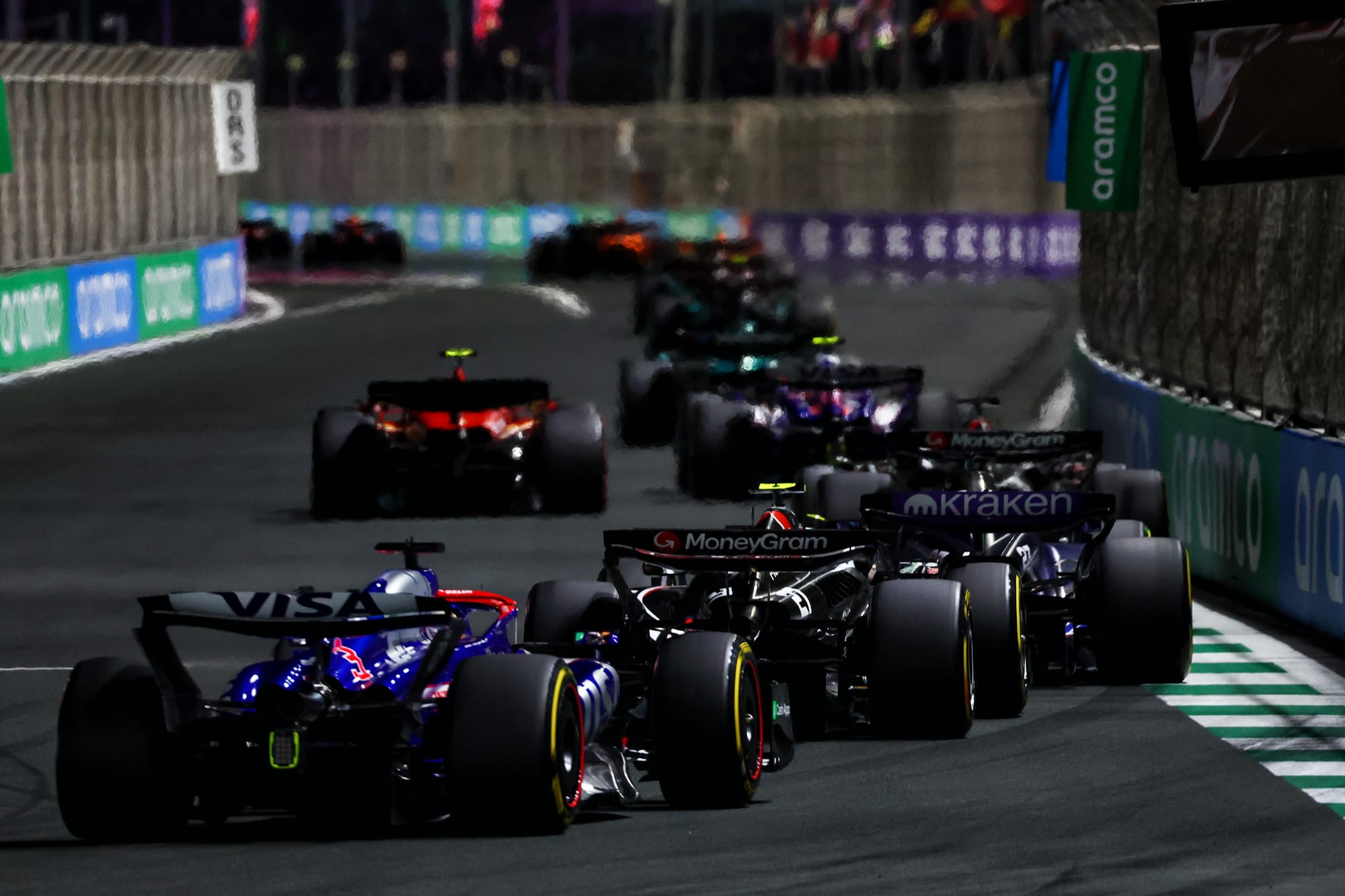Up Next

As highly-rated as Ollie Bearman is, his shock Formula 1 debut for Ferrari still exceeded all expectations.
Dissecting the performance shows just how impressive it was - and how he was competitive enough to have scored an even better final result.
After being called up just a few hours before final practice when Carlos Sainz went to hospital with appendicitis, Bearman emerged from his grand prix debut with not just a respectable performance but a real statement about his ability.
The only assistance in the circumstances was that Bearman was at least in the groove with the track, having driven it in Formula 2 earlier in the event. He had scored pole position for the F2 feature race, and was looking to breathe some life into his championship challenge after he and his Prema team had a nightmare season opener in Bahrain.
In the end, for a very different reason, this weekend turned into a much bigger step towards an eventual full-time F1 seat than he could possibly have hoped.
How he really compared to Leclerc
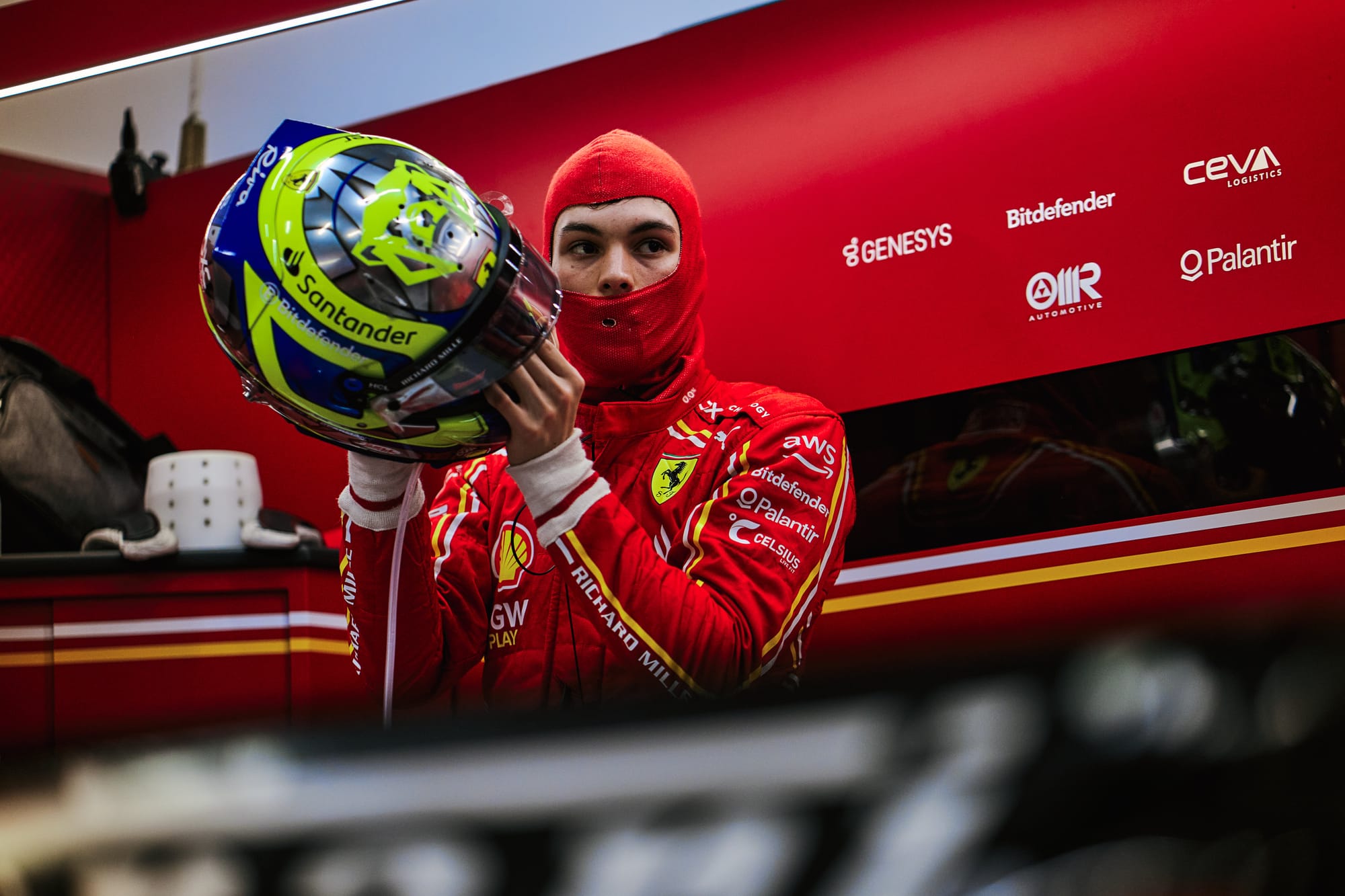
To understand the best part of Bearman’s race, you actually need to look beyond the headline result.
He would not have beaten Lando Norris and Lewis Hamilton - who both stopped late on for softs - to seventh without a clear pace improvement mid-race.
And when compared with team-mate Charles Leclerc, this looks like Bearman making a step change himself rather than just benefitting from natural in-race pace progression.
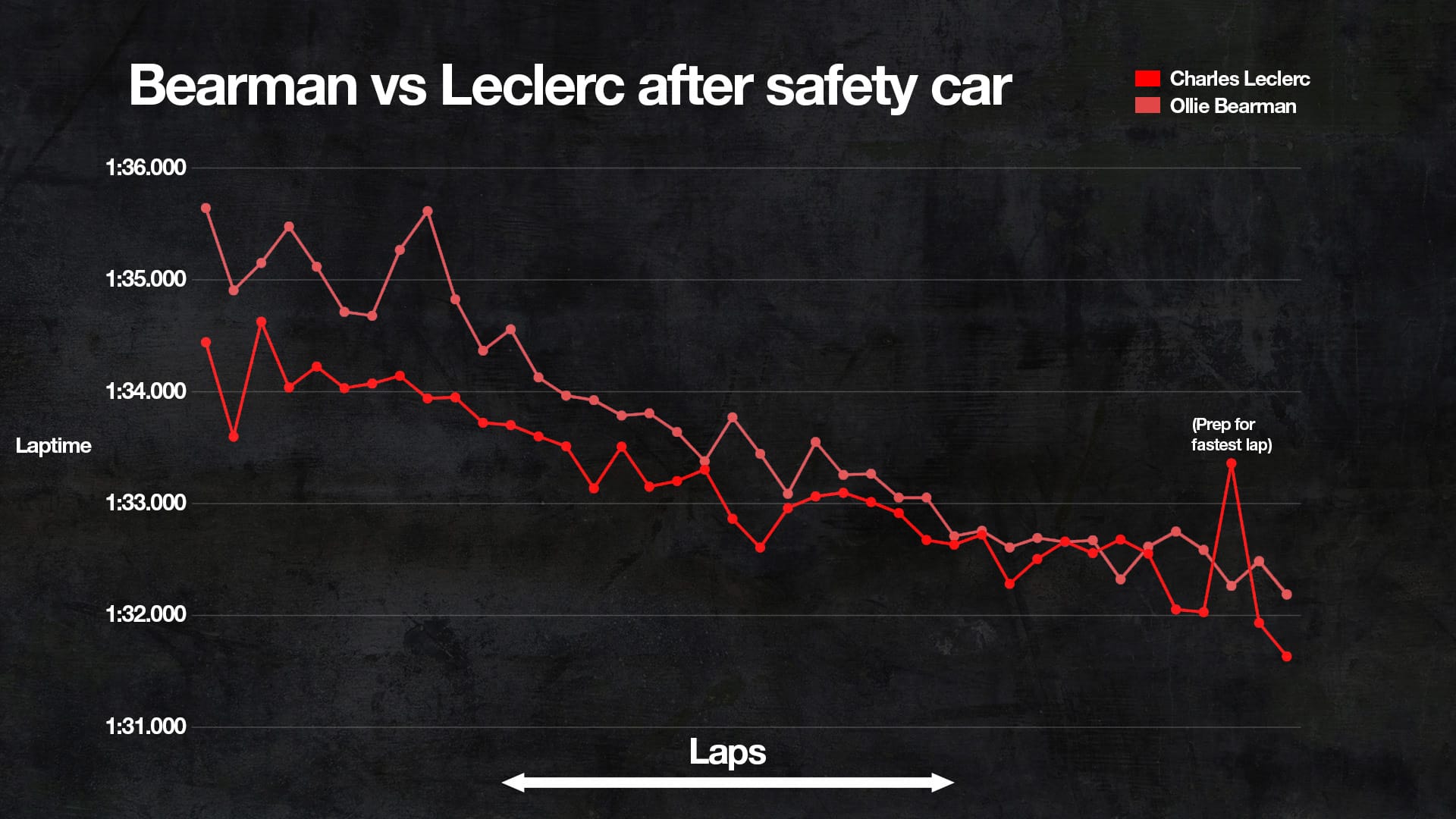
The longer the race went on, the closer Bearman got to Leclerc’s pace.
It is to be expected, to a degree, given the rookie would have more pace to find than the established driver. But it’s tricky enough for someone inexperienced to work out where and how to improve in the moment - let alone actually deliver on it.
They were facing different race circumstances, which probably played a part.
Bearman was pushing hard with Norris and Hamilton in pursuit, Leclerc was able to manage to the end more comfortably in third. But Leclerc wasn’t exactly coasting.
Focusing on the part of the stint both drivers ran in clear air offers the clearest picture.
Once Bearman finally cleared Nico Hulkenberg’s Haas, he averaged 1m33.889s across 11 laps with a fastest time of 1m33.379s. In the same phase, Leclerc’s best was eight tenths quicker, and his average pace was around six tenths faster.
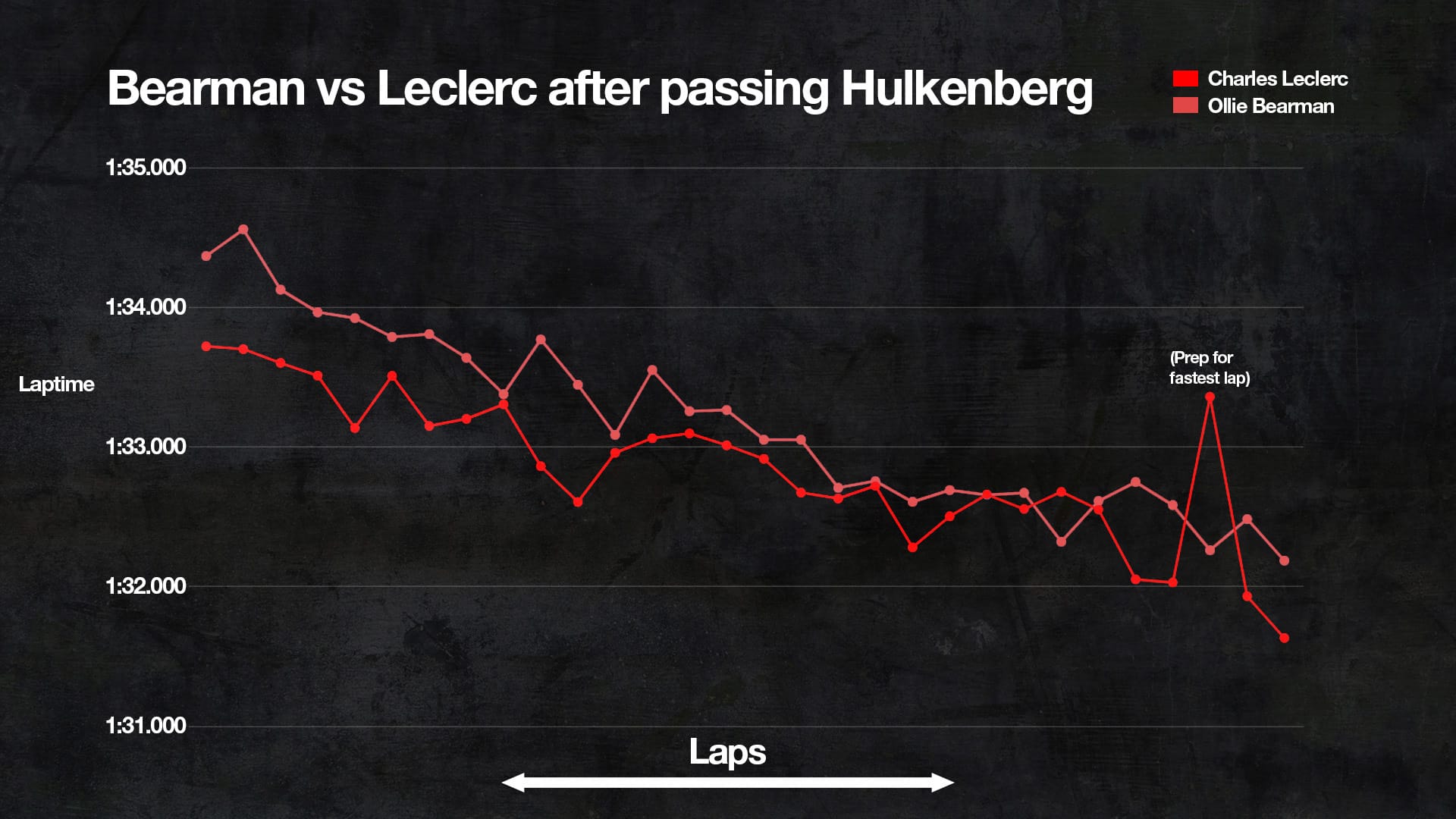
But then Bearman punched in a much faster lap than he had managed previously and, with the exception of a small mistake on the next lap, his pace was much better and much closer to Leclerc’s.
Over the rest of the grand prix his average laptime plummeted to 1m32.766s - an improvement of over a second, and just over two tenths a lap slower than Leclerc’s average in the same period, even with an anomalously slow late lap from Leclerc discounted.
Their respective personal bests on the final lap, with Leclerc half a second faster, are probably a slight exaggeration of how much extra pace Leclerc had in the tank given it was a fastest lap effort. That would not have been sustainable over the whole stint.
But we can assume Leclerc was probably a few tenths faster - it would be strange for him not to be. And the main thing for Bearman is just that he improved through the race at a very favourable rate to Leclerc.
As the pace got quicker, so did Bearman - it’s not like he was inherently struggling to replicate what the car was capable of.
And irrespective of the Leclerc reference, without that step in performance, Bearman would not have finished seventh. He actively influenced his race result.
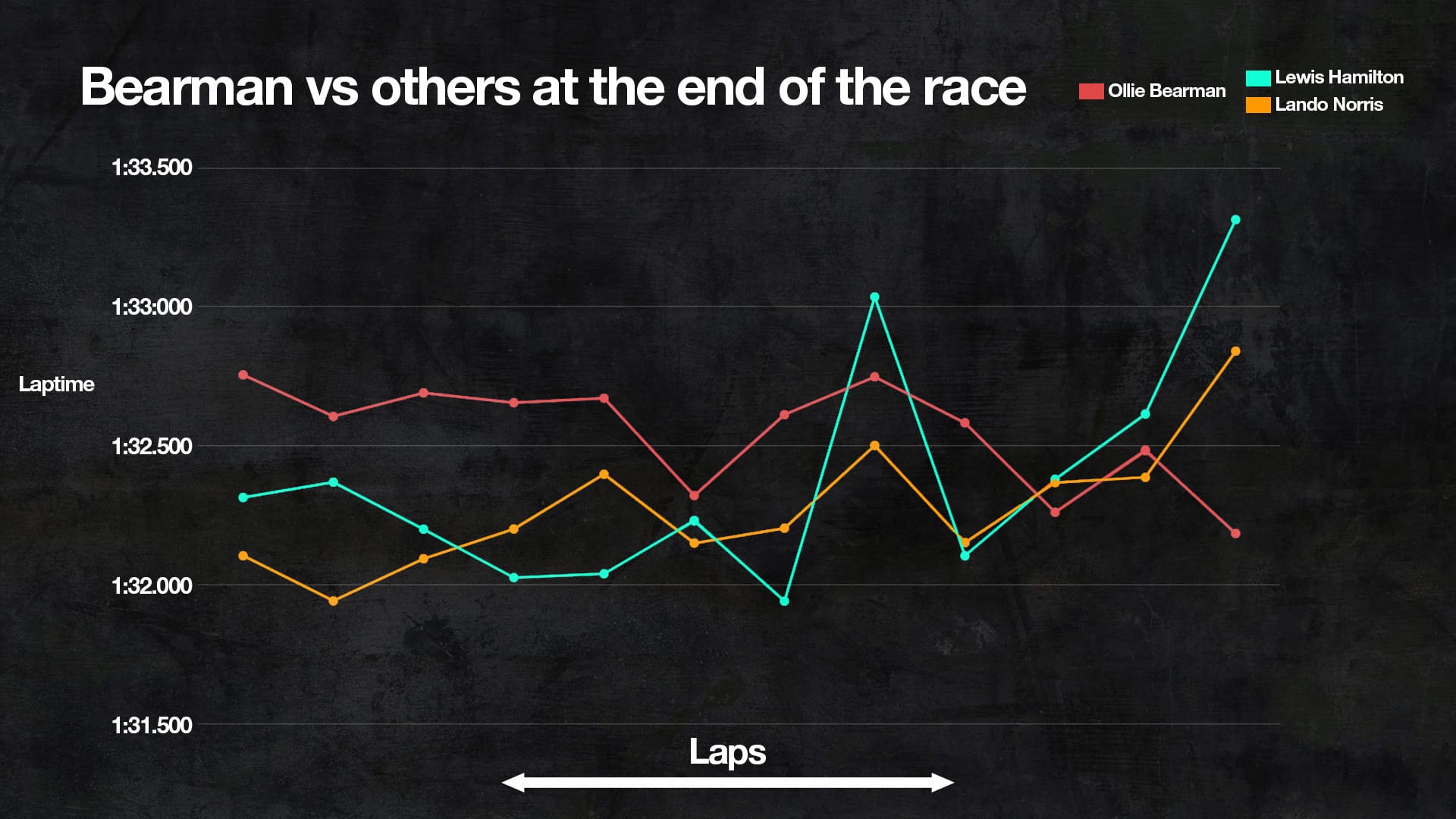
It helped stem the time loss to Norris and Hamilton while they were at their quickest and meant he even managed to be quicker than them again right at the end of the grand prix.
Yes, the Ferrari was the quicker car. But the job Bearman did with it was very good.
A mega move - and important lessons
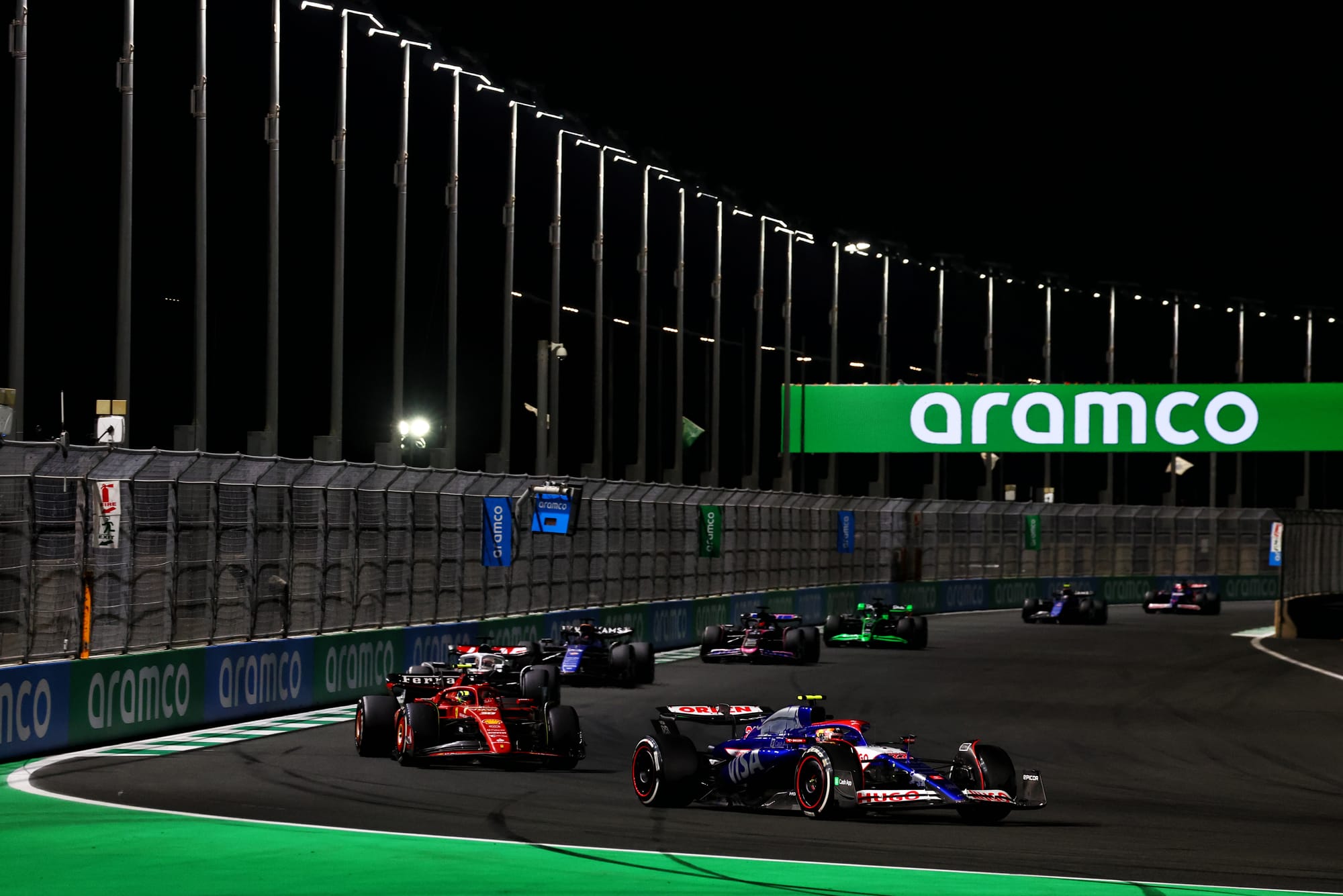
Any analysis of Bearman’s debut would be incomplete without highlighting how he pulled off the move of the race on Yuki Tsunoda.
Bearman got a good run at the restart and tucked right in behind Tsunoda, who covered the inside line. So Bearman moved to the outside, aiming to draft past or get in a position to tough it out under braking, but the RB actually pulled further ahead again.
So Bearman switched it up. Tsunoda had moved across once Bearman committed to the outside, which left a gap on the inside. Bearman backed off slightly to fall in behind Tsunoda, then quickly moved further left.
He actually dropped a little bit back behind the RB while repositioning his car but, having given himself a big space to work with on the inside, Bearman sent it on the brakes, and claimed the inside line for Turn 1.
It was more improvised than a conventional dummy, but it was very well executed - especially on cold tyres and cold brakes at the restart, against a driver as combative as Tsunoda. And Bearman was rightly chuffed with it.
He will have learned a lot about how to do battle in these cars, both on the opening lap of the main start and in how it took him a few too many laps to clear some slower cars, which meant losing time and doing some damage to his tyres. But this probably didn't impact his final finishing position.
Impressive as the debut was, Bearman’s not got to this level by being blind to things to improve.
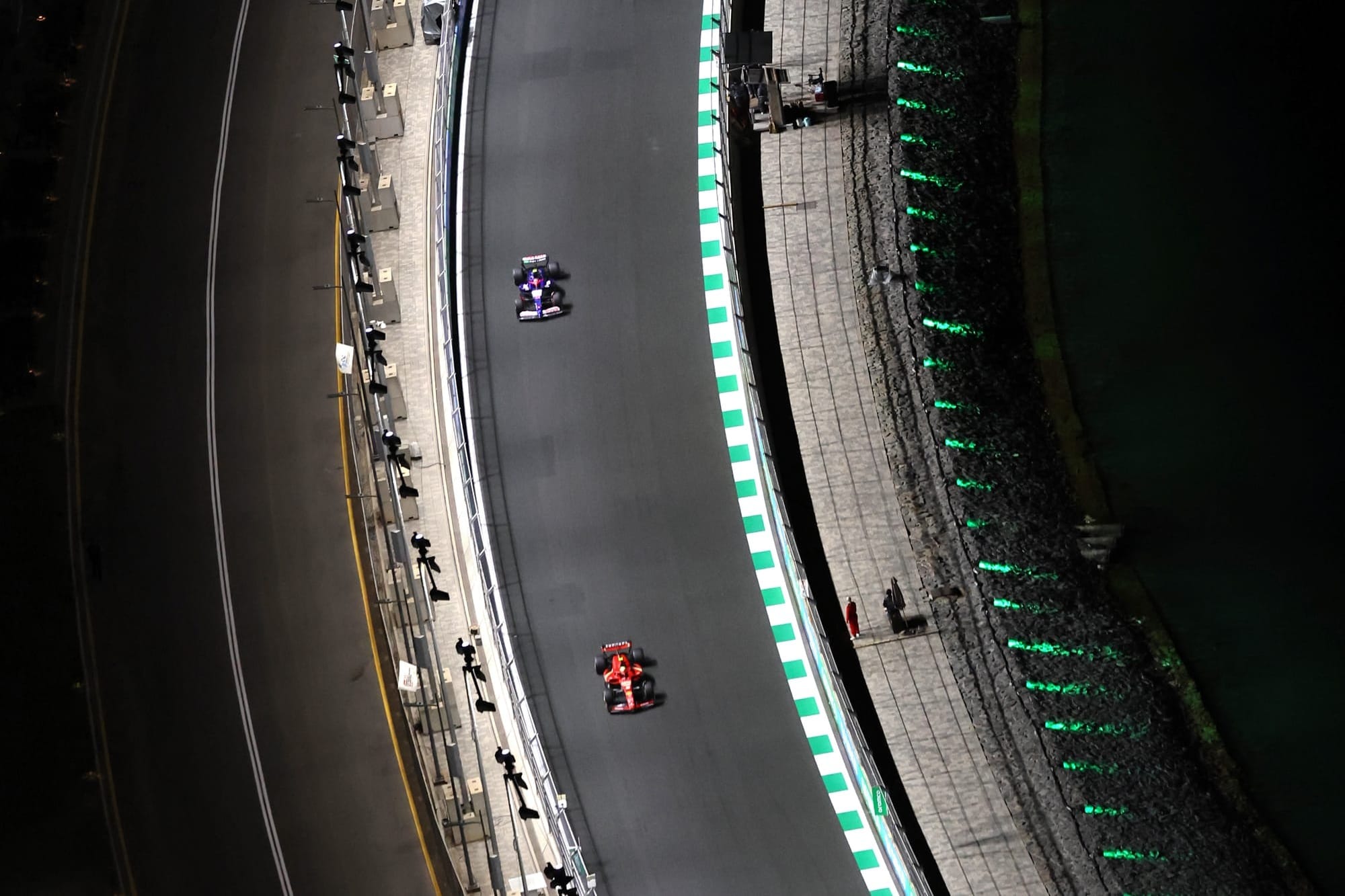
He was slightly disappointed by his qualifying, unnecessarily so really, but the fact is he had the pace to start in the top 10. Had he done so, it’s perfectly conceivable that Bearman could have raced and beaten the likes of George Russell and Fernando Alonso - who didn’t look any faster than him in the second half of the grand prix.
So, you’re looking at a debut that could absolutely have ended with a top-five finish. In terms of where he actually started, though, this result was likely the absolute maximum.
'Something special'
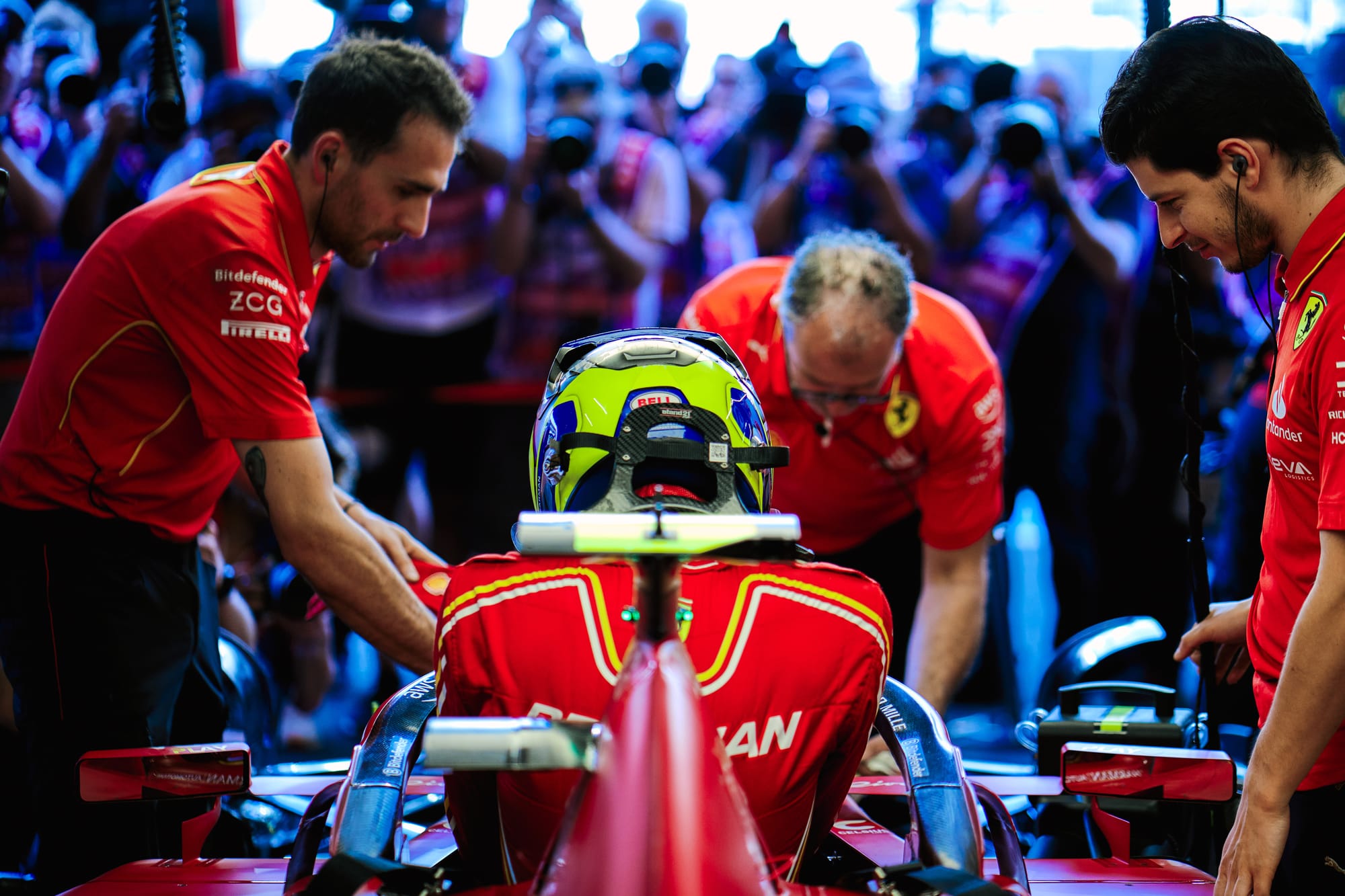
Bearman managed to get to a level in Jeddah that was not at all far from what a full-time Ferrari driver with a lot more experience could achieve.
Some might think that means F1 is too easy. But the drivers who impress this much make it look ‘easy’ because of how good they are.
Bearman’s raw ability, and remaining potential, is obvious but from a mental point of view, his capacity to deal with things is extremely high.
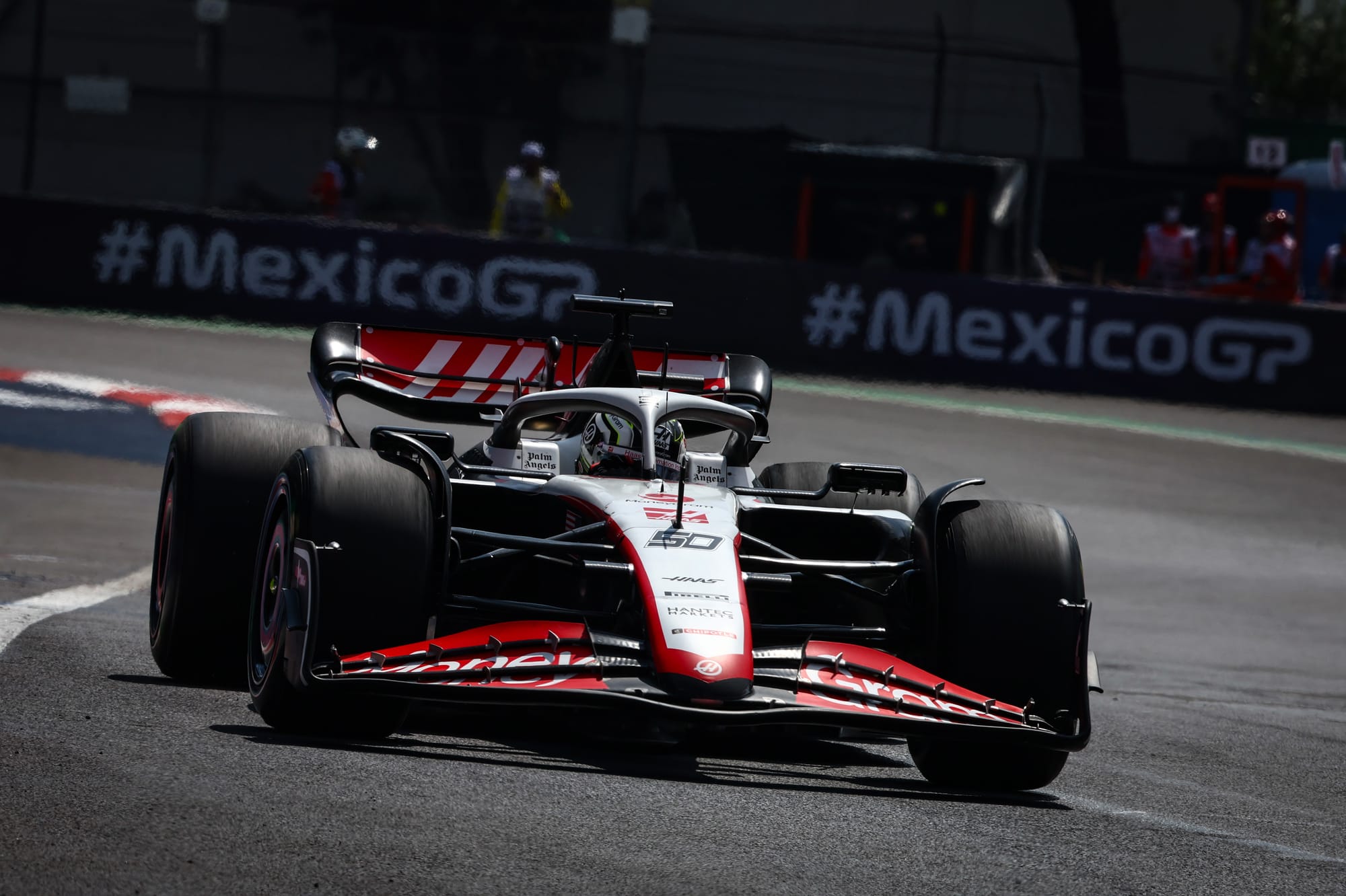
Haas team boss Ayao Komatsu, who was wowed by Bearman’s 2023 FP1 appearances, called his grand prix debut “amazing” and described him as “something special”.
He’s fast, he understands what is required of him, absorbs information to improve rapidly, and handles himself very well. And his sharp eye for small details is a trait of the truly great drivers.
Taking everything from Bearman’s debut into consideration, the only reasonable conclusion is that he is ready for F1 now - in terms of ability and mentality. That was acknowledged by several top F1 drivers who have been there and done it.
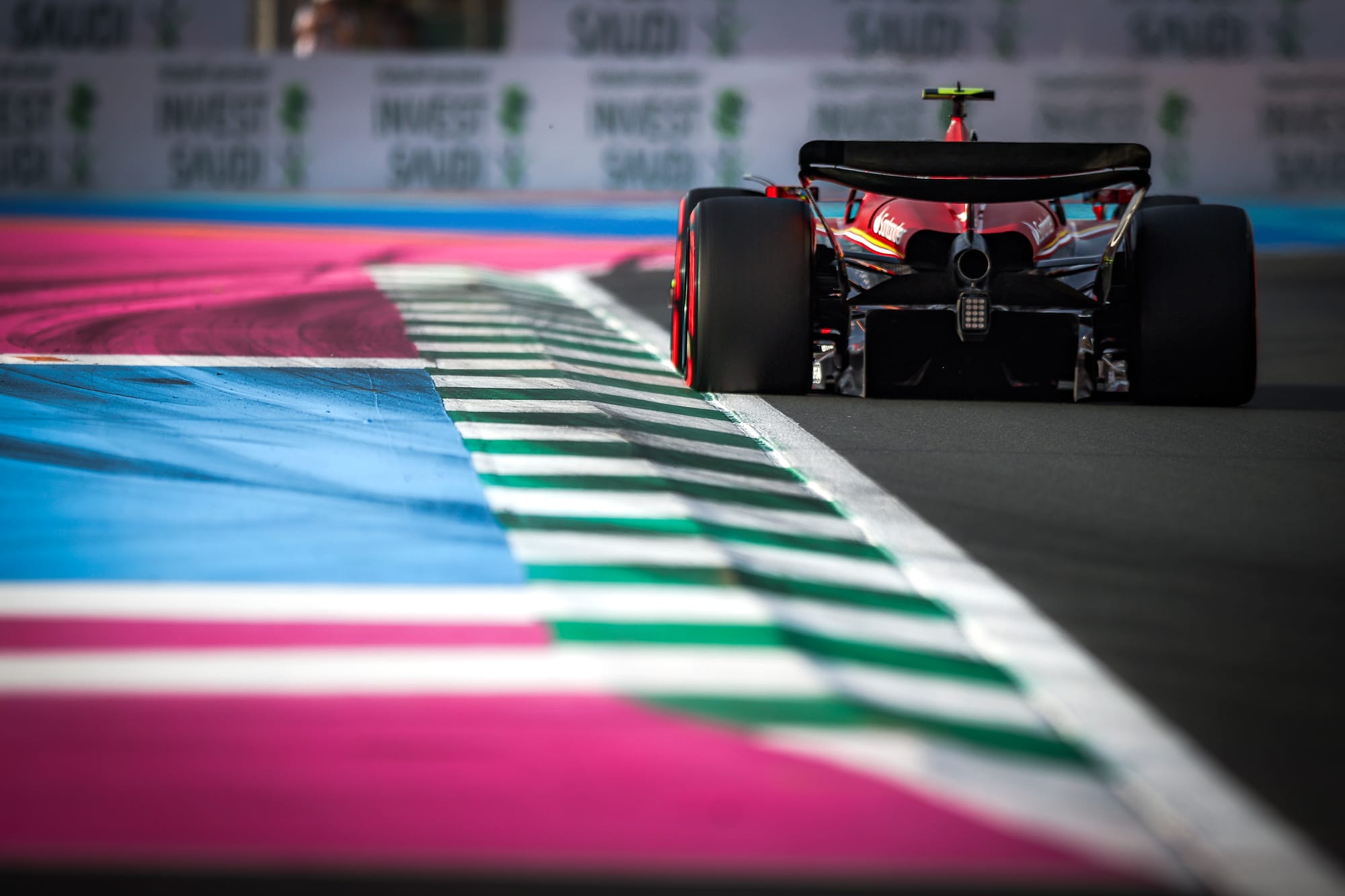
Verstappen was impressed from the first laps he saw of Bearman in FP3, then said Bearman had done an “incredible job” in qualifying. Fernando Alonso thought he did “fantastically well”, and Leclerc felt Bearman “handled it perfectly”.
The plaudits kept coming after a great drive to finish seventh in the race. Ferrari-bound Hamilton, who was the first to congratulate Bearman when he got out of the car, called it a “phenomenal job” and labelled Bearman “a really bright future star”.
F1’s best drivers treated Bearman like a peer, and there was nothing patronising about it at all. It was sincere praise out of respect and recognition for a difficult job done very well.
That might say more about Bearman’s performance than any pace or race analysis ever could.


